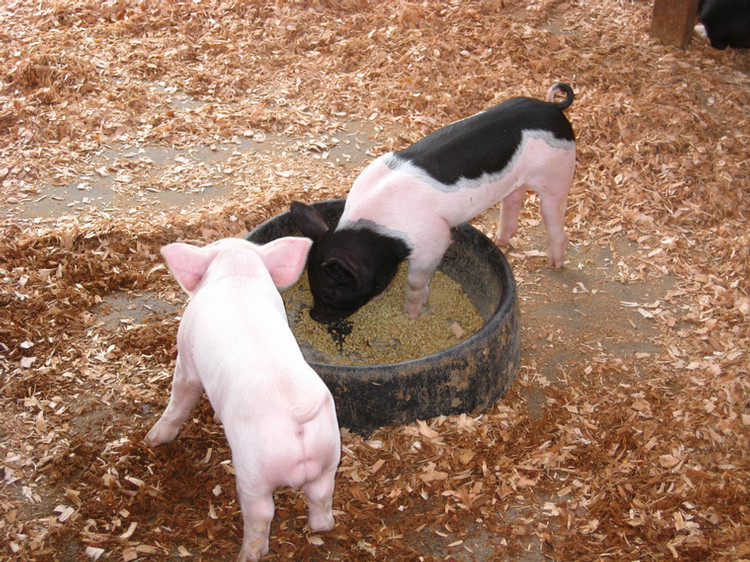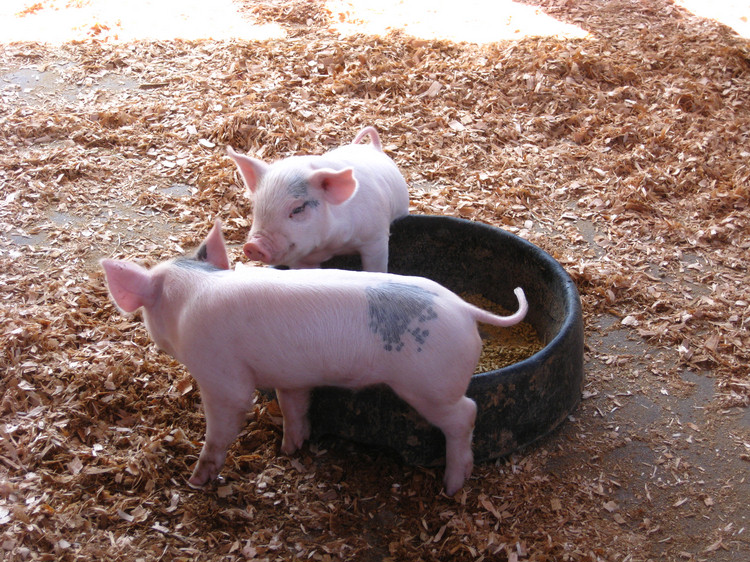The Activities Continue 7/28/2009 With The Adams (Page Seven)

Sue and Michele stop for 13 seconds to get their picture taken


Time For Singing And Dancing
Did You Know? - Doo-wop is a style of vocal-based rhythm and blues music, which developed in African-American communities in the 1940s and which achieved mainstream popularity in the 1950s and 1960s. An African-American vocal style known as doo-wop emerged from the streets of northeastern and industrial midwest cities such as New York, Philadelphia, Chicago, Baltimore and Pittsburgh. With its smooth, consonant vocal harmonies, doo-wop was one of the most mainstream, pop-oriented R&B styles of the 1950s and 1960s.




Off To Centennial Farms
Did You Know? - Centennial Farm is a three-acre working farm at the OC Fair & Event Center created to educate youth about agriculture and its importance to daily life. The Farm is home to fruit and vegetable gardens, livestock, and the Millennium Barn. Children and adults can view pigs, chickens, cattle, goats and more while strolling though gardens of lush vegetation. We do ask that you please do not pick our crops as they are used for educational purposes. Centennial Farm offers tours as well as general public hours.



Saving space the hard way
Did You Know? - In Japan, farmers of the Zentsuji region found a way to grow cubic watermelons, by growing the fruits in glass boxes and letting them naturally assume the shape of the receptacle.[4] The square shape is designed to make the melons easier to stack and store, but the square watermelons are often more than double the price of normal ones. Pyramid shaped watermelons have also been developed.
Someone Loved The Baby Pigs






















Where is Red Skelton when we need him?
Baby Chickens



Michele and Theo Leave; Time For A Glass Of Wine And A Little Dinner



Yes... She got me back on that ting!

Cinnamon buns for desert!.... We are decadent!

Not a single calorie in it!
Did You Know? -
Cinnamon (Cinnamomum verum, synonym C. zeylanicum) is a small evergreen tree 10–15 metres (32.8–49.2 feet) tall, belonging to the family Lauraceae, and is native to Sri Lanka.
The leaves are ovate-oblong in shape, 7–18 cm (2.75–7.1 inches) long. The flowers, which are arranged in panicles, have a greenish color, and have a distinct odor. The fruit is a purple one-centimeter berry containing a single seed.
Its flavor is due to an aromatic essential oil that makes up 0.5% to 1% of its composition. This oil is prepared by roughly pounding the bark, macerating it in seawater, and then quickly distilling the whole. It is of a golden-yellow color, with the characteristic odor of cinnamon and a very hot aromatic taste. The pungent taste and scent come from cinnamic aldehyde or cinnamaldehyde and, by the absorption of oxygen as it ages, it darkens in color and develops resinous compounds. Chemical components of the essential oil include ethyl cinnamate, eugenol, cinnamaldehyde, beta-caryophyllene, linalool, and methyl chavicol.
The name cinnamon comes from Greek kinnámōmon, itself ultimately from Phoenician. The botanical name for the spice—Cinnamomum zeylanicum—is derived from Sri Lanka's former (colonial) name, Ceylon
Cinnamon has been known from remote antiquity; the first mention of a particular spice in the Old Testament is of cinnamon where Moses is commanded to use both sweet cinnamon (Hebrew קִנָּמוֹן, qinnāmôn) and cassia in the holy anointing oil; in Proverbs , where the lover's bed is perfumed with myrrh, aloe and cinnamon; and in Song of Solomon , a song describing the beauty of his beloved, cinnamon scents her garments like the smell of Lebanon. It was so highly prized among ancient nations that it was regarded as a gift fit for monarchs and even for a god: a fine inscription records the gift of cinnamon and cassia to the temple of Apollo at Miletus. Though its source was kept mysterious in the Mediterranean world for centuries by the middlemen who handled the spice trade, to protect their monopoly as suppliers, cinnamon is native to Sri Lanka.
It was imported to Egypt as early as 2000 BC, but those who report that it had come from China confuse it with cassia. It is also alluded to by Herodotus and other classical writers. It was too expensive to be commonly used on funeral pyres in Rome, but the Emperor Nero is said to have burned a year's worth of the city's supply at the funeral for his wife Poppaea Sabina in 65 AD.

The smells of the fair waft over the crowds as we work our way home